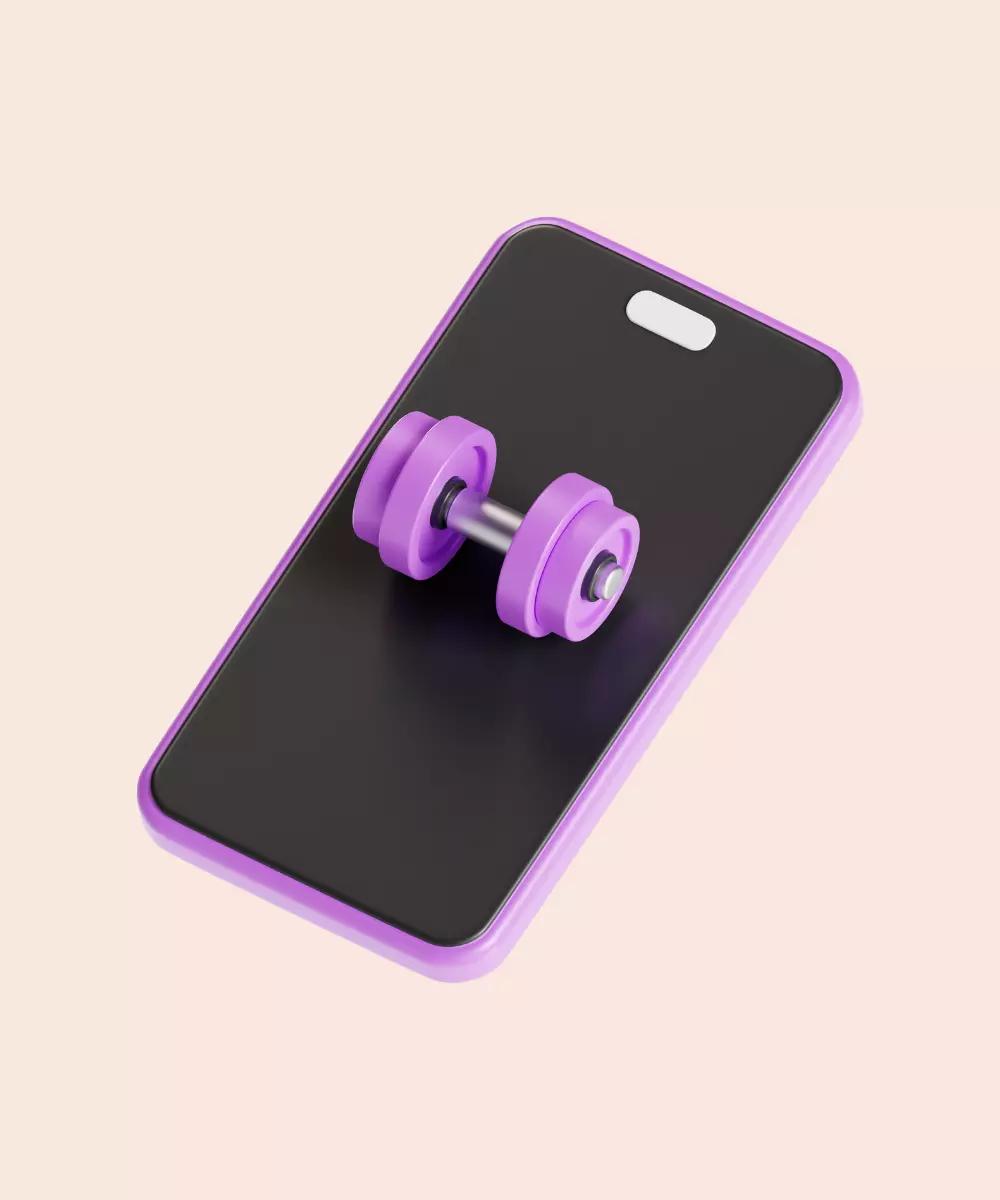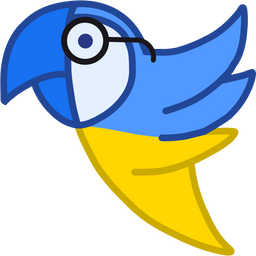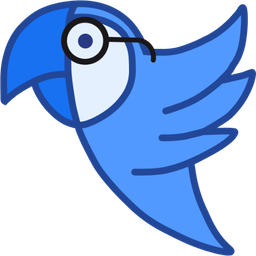The rise of digital health and wellness has paved the way for fitness apps to become an integral part of our daily lives. With the global fitness app market expected to reach USD 14.7 billion by 2026, there's no better time to dive into the world of fitness app development.
In this comprehensive guide, we'll delve deep into the world of fitness app development in 2024. From market insights to the nitty-gritty of development and monetization, we've got you covered. So, let's embark on this journey and explore the vibrant landscape of fitness apps in the modern era.
Fitness App Market Overview
The fitness app market in 2024 is a dynamic blend of innovation and growth, driven by technological advancements and a global emphasis on health. Here's a concise overview:
Market growth
The booming fitness app industry speaks volumes about its success and potential. Why else would we discuss building a workout app, if not for its promising prospects? To bolster your decision to venture into this domain, let's delve into some encouraging data and forecasts.
Research anticipates the global fitness app market to soar to $15.2 billion by 2028. A Statista report projects the worldwide revenue for eServices Fitness segment Apps to touch 5,273.5 million by 2024, showcasing its rapid growth trajectory.
The post-pandemic era has further accelerated this trend, with many recognizing the advantages of app-based fitness over traditional gyms. The expanding online presence of fitness studios and gyms, coupled with thriving online communities, amplifies this shift. To put things into perspective, fitness apps were downloaded a staggering 400 million times in 2023 alone.
Trending features:
- Wearable integration: Real-time data tracking with smartwatches and fitness bands.
- AI-driven workouts: Personalized workout plans based on user data.
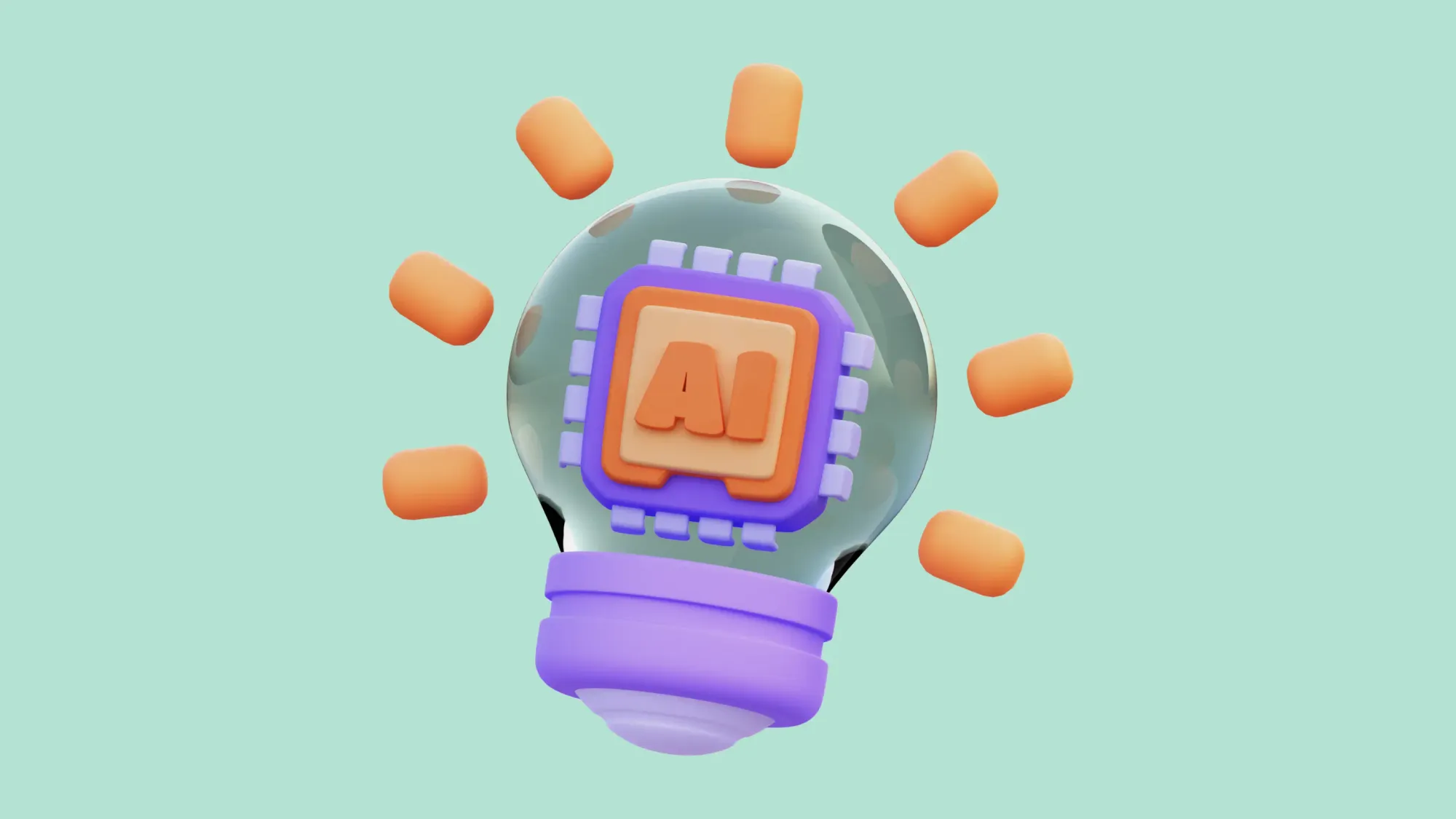
- Virtual trainers: AR and VR trainers for immersive home workouts.
- Mental wellness modules: Combining physical workouts with meditation and mindfulness.
- User demographics: While millennials and Gen Z are primary users, there's a significant increase in adoption among the 45-54 age group, indicating broader acceptance across generations.
- Regional insights: North America leads, but the Asia-Pacific region, especially India and China, is rapidly catching up due to urban populations leaning towards digital fitness solutions.
- Market leaders: Established apps like MyFitnessPal and Fitbit dominate, but niche startups are emerging, offering specialized solutions.
- Challenges and opportunities: Data privacy and market saturation pose challenges. However, there's demand for unique apps that prioritize user data protection and community-building.
Types of Fitness and Workout Apps
The fitness app landscape is diverse, catering to a wide range of user needs and preferences. As the demand for digital health solutions grows, understanding the various types of fitness apps can help developers and businesses identify their niche and target audience. Here's a deeper dive into the different categories:
| Type of App | Overview | Key Features | Popular Examples |
|---|---|---|---|
| Tracking Apps | Primarily focus on monitoring and recording various physical activities and health metrics. |
|
Fitbit, Garmin Connect, Pacer |
| Workout Guides | Offer structured workout plans with video or animated demonstrations. |
|
Nike Training Club, 7 Minute Workout, JEFIT |
| Diet and Nutrition Apps | Assist in meal planning, calorie counting, and dietary advice. |
|
MyFitnessPal, Yazio, Lose It! |
| Social Networking Apps | Foster communities for sharing progress, joining challenges, or connecting with peers. |
|
Strava, Fitocracy, My Virtual Mission |
| Meditation and Mental Wellness Apps | Offer guided meditations, stress-relief exercises, and mindfulness practices. |
|
Headspace, Calm, Insight Timer |
5 Steps to Create Your Own Fitness App

Embarking on the journey of creating a fitness app requires a structured approach. From ideation to launch, each step is crucial in ensuring the app's success and user engagement. Here's a comprehensive guide on the five pivotal steps to bring your fitness app idea to life:
1. Market research
Before diving into development, it's essential to understand the market, identify gaps, and recognize user needs.
Key actions:
- Competitor analysis: Study existing apps to identify their strengths, weaknesses, and unique selling points.
- Target audience: Define your primary users, their preferences, and fitness goals.
- Trend analysis: Stay updated with the latest fitness trends and technological advancements to ensure your app remains relevant.
2. Design and UX
A user-friendly and intuitive design can make or break your app. Prioritize user experience (UX) to ensure smooth navigation and engagement.
Key actions:
- Wireframing: Create a blueprint of your app's structure, layout, and key features.
- Prototyping: Develop a clickable model of your app to test and refine the user journey.
- UI design: Focus on aesthetics, ensuring the design is visually appealing and aligns with your brand.
3. Development:
This stage is all about transforming your app design into a functional product. Teaming up with a trusted partner can significantly influence your app's success. Thus, selecting the appropriate platform, technology stack, and enlisting skilled app developers is essential.
Key actions
- Platform selection: Decide whether you want a native app (iOS or Android) or a cross-platform solution for example on Flutter.
- Backend development: Set up servers, databases, and APIs to ensure your app runs smoothly.
- Frontend development: Focus on creating the interface that users will interact with.
- Hiring experienced app developers: Expertise ensures the app is built efficiently, functions smoothly, and meets industry standards. Their knowledge can prevent common pitfalls, reduce development time, and result in a more polished, user-friendly product.
4. Testing
Before launching, rigorously test your app for any bugs, glitches, or usability issues.
Key actions
- Functional testing: Ensure all features work as intended.
- Usability testing: Gather feedback from potential users to refine the UX.
- Performance testing: Check the app's speed, responsiveness, and stability under different conditions.
5. Launch and promotion
Once your app is polished and ready, it's time to introduce it to the world and attract users.
Key actions
- App store optimization (ASO): Optimize your app's title, description, and keywords for better visibility on app stores.
- Marketing campaigns: Use social media, influencer partnerships, and paid ads to promote your app.
- Feedback loop: After launch, continuously gather user feedback to make improvements and updates.
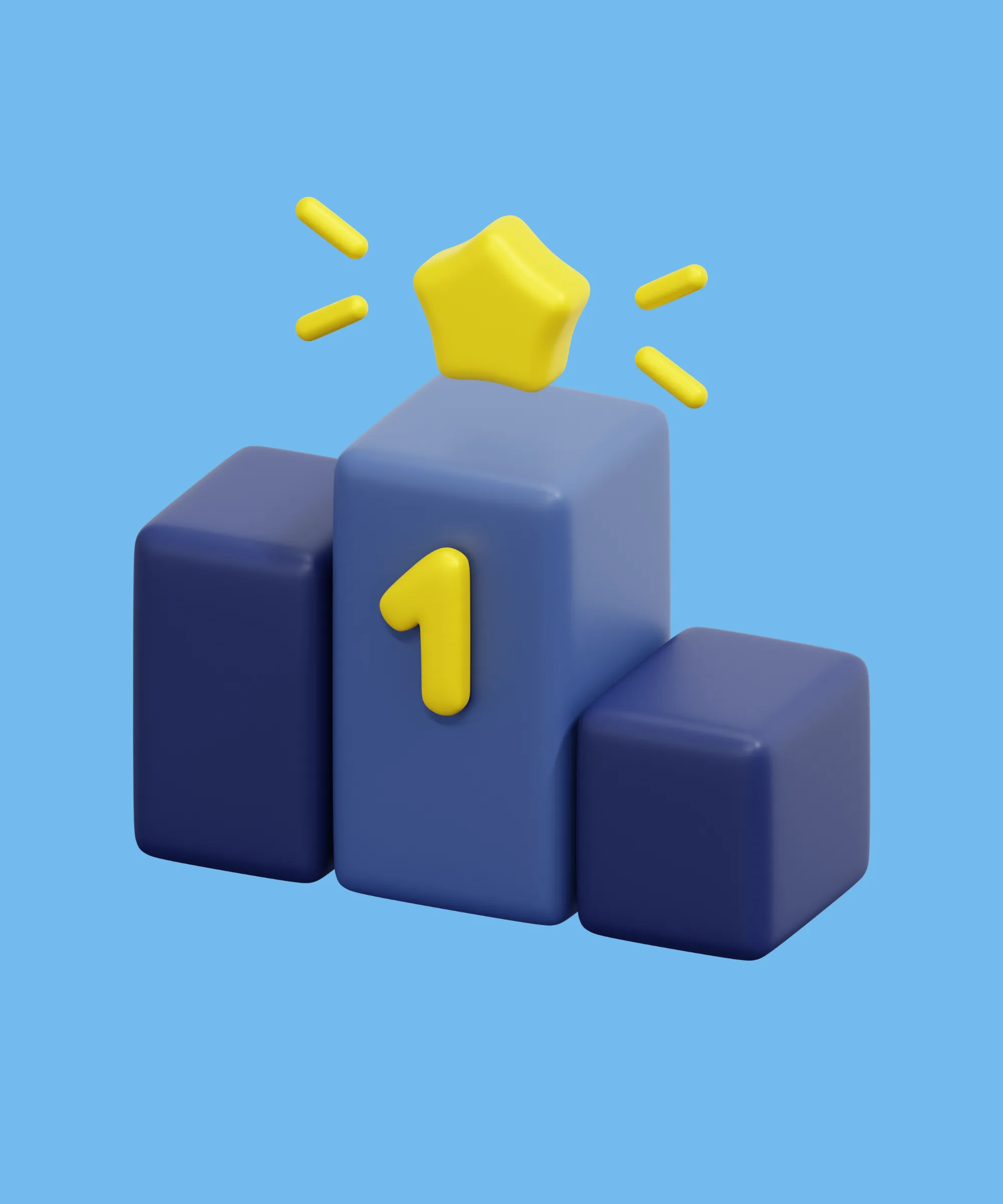
How Much Does It Cost to Build a Fitness App
The cost of developing a fitness app can vary widely based on its complexity, features, and the region where the development takes place. However, understanding the various cost components can provide a clearer picture of the potential investment required. Let's break it down.
Type of fitness app
The cost largely depends on the type of fitness app you want to develop:
- Basic fitness tracking: These apps usually track steps, distance, and calories burned. They might cost anywhere from $10,000 to $20,000.
- Workout or exercise apps: These apps provide users with guided workouts. Depending on the complexity, they can range from $15,000 to $50,000.
- Diet and nutrition tracking: Apps that help users monitor their food intake and provide dietary recommendations can range from $20,000 to $40,000.
- Specialized training apps: Apps for specific activities like yoga, HIIT, or pilates can cost anywhere from $$60,000, especially if they include high-quality videos, interactive features, or virtual trainers.
Breakdown of fitness app development costs
Here's a table that breaks down the general main features of fitness apps, estimated hours for their development, and the associated costs based on a $40/hour rate:
| Feature | Estimated Development Hours | Estimated Cost at $40/h |
|---|---|---|
| User Profiles | 50-70 hours | $2,000 - $2,800 |
| Social Integration | 60-80 hours | $2,400 - $3,200 |
| Geolocation | 80-100 hours | $3,200 - $4,000 |
| Wearable Integration | 120-160 hours | $4,800 - $6,400 |
| Push Notifications | 20-40 hours | $800 - $1,600 |
| Video or Audio Guides | 130-170 hours | $5,200 - $6,800 |
| Basic Fitness Tracking | 40-80 hours | $1,600 - $3,200 |
| Workout Routines | 100-150 hours | $4,000 - $6,000 |
| Diet and Nutrition Tools | 80-120 hours | $3,200 - $4,800 |
| In-app Purchases | 60-80 hours | $2,400 - $3,200 |
| Multi-language Support | 30-50 hours | $1,200 - $2,000 |
| Cloud Syncing/Data Storage | 60-90 hours | $2,400 - $3,600 |
| Total | 830-1,110 hours | $33,200 - $44,400 |
Here we've evaluated developing on both Android and iOS using Flutter, primarily because it offers roughly a 50% cost reduction for these kinds of applications. To put it in perspective, native development for Android and iOS would cost much more, both with higher subsequent support expenses.
Please note that these are rough estimates and actual development times can vary significantly depending on many factors, such as the specific requirements of the project, the tools and technologies used, the team's experience and skill level, and so on. Furthermore, these estimates do not include time for project management, deployment, maintenance, and other essential aspects of software development.
How is a Fitness App Monetized?
Monetizing a fitness app effectively requires a blend of strategies that cater to user preferences while ensuring a steady revenue stream. As the fitness app market becomes increasingly competitive, understanding and implementing the right monetization methods can make a significant difference. Here's a detailed look at the most effective strategies:
| Monetization Strategy | Overview | Pros | Cons |
|---|---|---|---|
| In-app Advertisements | Display ads within the app, generating revenue based on views, clicks, or user actions. |
|
|
| Freemium Model | Offer basic features for free, with premium features available behind a paywall. |
|
|
| Subscription Model | Charge users a recurring fee for full access to the app's features. |
|
|
| In-app Purchases | Allow users to buy specific features, content, or virtual goods within the app. |
|
|
| Affiliate Marketing and Partnerships | Collaborate with fitness brands or health companies to promote their products within the app. |
|
|
| Selling Merchandise | Offer branded merchandise like workout gear or nutritional supplements. |
|
|
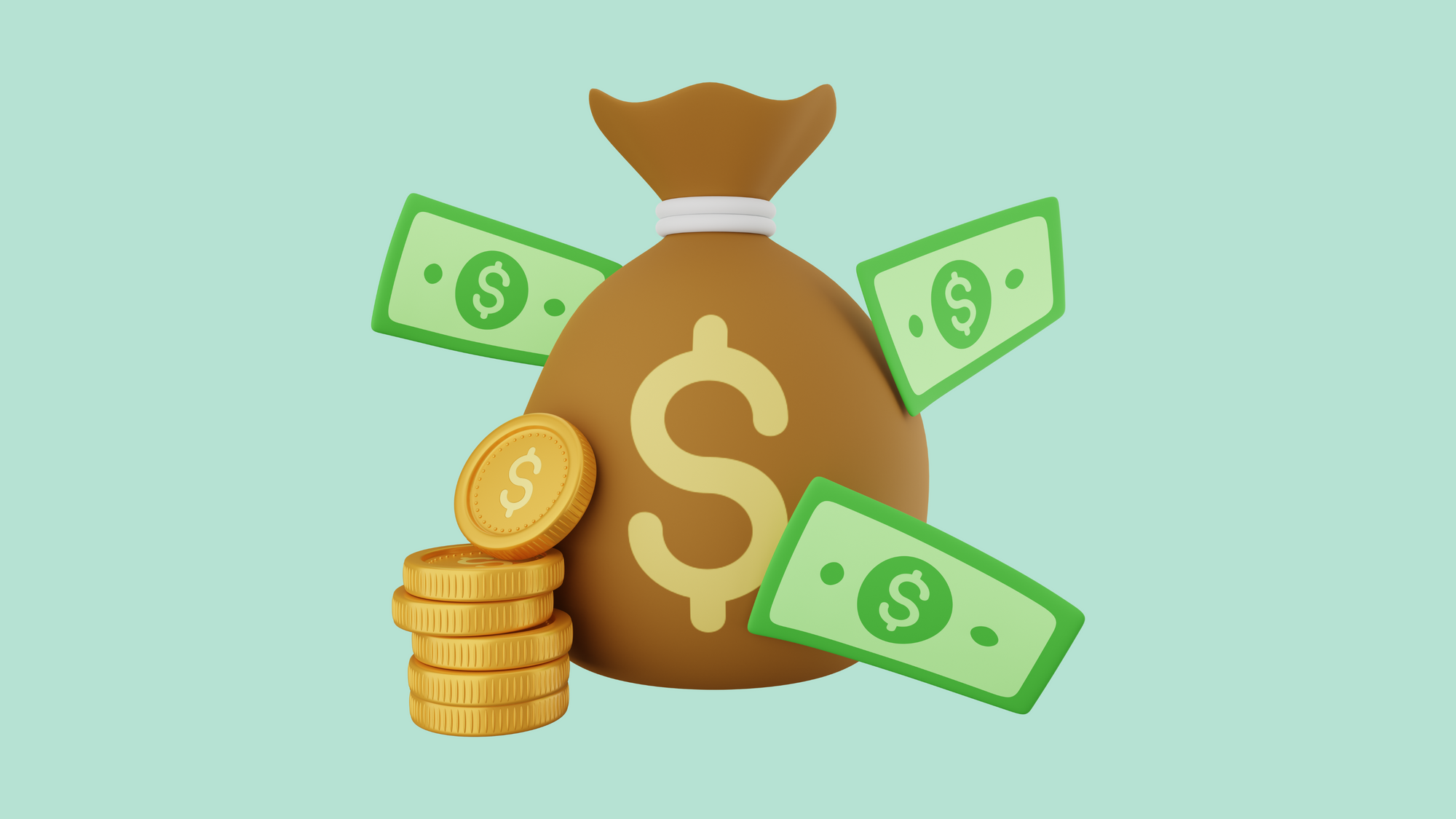
Fitness App Development Best Practices and Real-world Examples
In the realm of fitness app development, understanding and implementing best practices is crucial for success. These practices not only ensure a robust and user-friendly app but also foster trust and loyalty among users. Let's delve into these best practices with real-world examples that underscore their importance:
Prioritizing user privacy:
With the increasing concerns about data breaches and misuse, ensuring user data privacy is non-negotiable. Fitness apps often handle sensitive health and personal data, making security paramount.
- Real-world example: MyFitnessPal, a popular fitness app, faced a data breach in 2018, affecting 150 million users. The incident highlighted the importance of robust security measures and the potential repercussions of neglecting them.
Intuitive user interface (UI):
A clean, intuitive, and visually appealing interface ensures that users can navigate the app effortlessly, leading to increased engagement and retention.
- Real-world example: Fitbit's app interface is often lauded for its simplicity and user-friendliness. The clear visuals and easy navigation make tracking health metrics a breeze for users.
Personalized user experience (UX):
Personalization enhances user engagement by offering tailored content, workouts, and recommendations based on individual preferences and goals.
- Real-world example: Nike Training Club offers personalized workout plans that adapt based on user feedback. This dynamic adjustment ensures users get the most out of their routines.
Seamless integration with wearables:
As more users adopt wearable fitness devices, apps that can seamlessly integrate and sync with these devices offer added value and convenience.
- Real-world example: Strava, a renowned fitness tracking app, offers seamless integration with a plethora of wearables, ensuring users can track their workouts regardless of the device they own.
Regular updates and improvements:
Continual refinement based on user feedback, technological advancements, and market trends ensures the app remains relevant and bug-free.
- Real-world example: 7 Minute Workout frequently updates its app, adding new workouts, refining existing ones, and ensuring any glitches are promptly addressed.
Community building:
Building a sense of community within the app can foster engagement, motivation, and loyalty. Features that allow users to connect, share, and motivate each other can significantly enhance the app's appeal.
- Real-world example: MyFitnessPal has a thriving community where users share recipes, success stories, and support each other in their fitness journeys. This sense of community has been a significant factor in the app's enduring popularity.
Fitness App Development from What the Flutter
At What the Flutter, our journey in fitness app development has been marked by innovation, dedication, and a deep understanding of user needs. Our portfolio boasts a range of projects, each reflecting our commitment to excellence. Two of our standout projects that have garnered significant attention in the fitness community are Vivafit and Blogfit. Here's a brief overview of these projects:
Vivafit
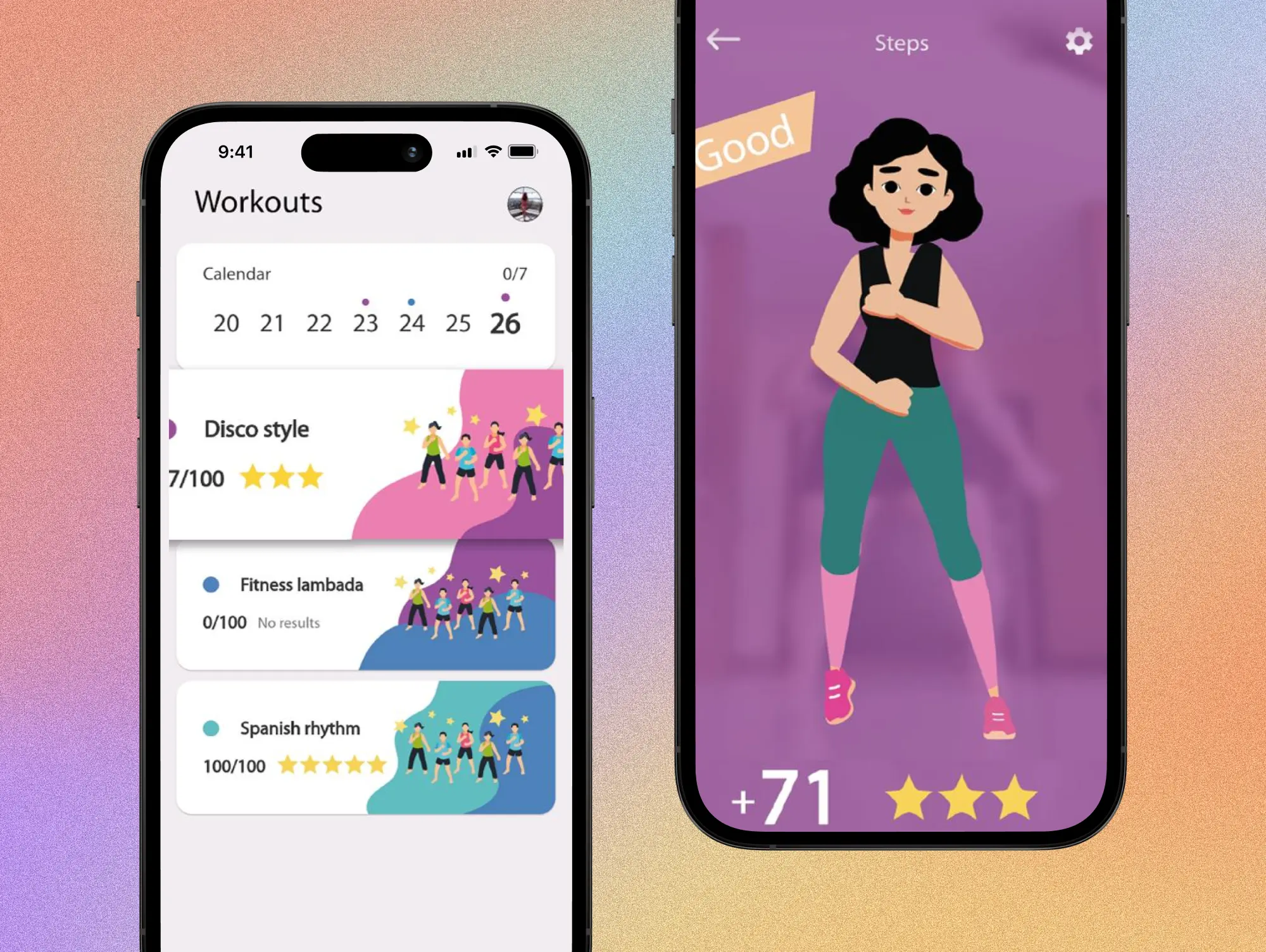
- Description: Vivafit is a holistic fitness app designed for women, focusing on both physical and mental well-being. Recognizing the unique challenges women face in their fitness journeys, we developed an app that offers tailored workout routines, nutritional guidance, and mindfulness exercises. The app also features a community platform, allowing users to connect, share experiences, and motivate each other.
- Highlight: One of the standout features of Vivafit is its AI-driven personal trainer, which adapts workout routines based on user feedback, ensuring a personalized and effective fitness experience.

Blogfit
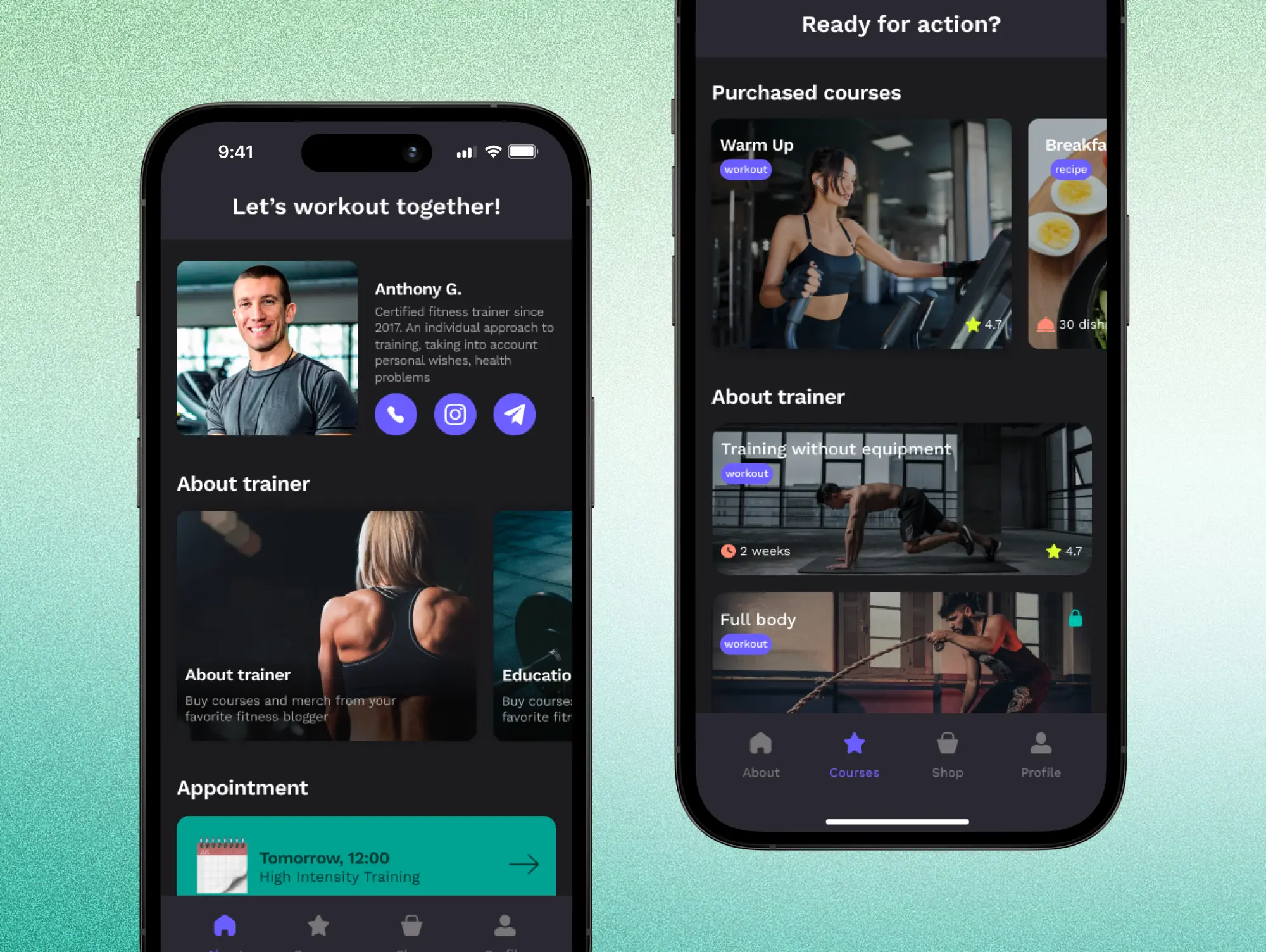
- Description: Blogfit stands as the ultimate platform for personalized workout plans and expert coaching. Designed with fitness clubs, bloggers, and coaches in mind, it offers a comprehensive space where professionals can publish workout routines, nutrition programs, and insightful articles tailored for their audience. But Blogfit goes beyond just content; it's a holistic platform for fitness professionals to expand their brand.
- Highlight: One of the standout features of Blogfit is its integrated merchandise store, allowing professionals to sell branded gear, supplements, or other fitness-related products. Additionally, the public calendar feature is a boon for coaches and trainers, enabling them to schedule and manage bookings for personal fitness sessions seamlessly. This multi-faceted approach ensures that Blogfit is not just an app but a complete ecosystem catering to the diverse needs of the fitness community.

In conclusion, projects like Vivafit and Blogfit exemplify our approach at What the Flutter. We don't just develop apps; we create platforms that resonate, inspire, and make a genuine difference in users' lives. Our experience and expertise in the domain ensure that every project we undertake is a step towards redefining the fitness app landscape.
Conclusion
The fitness app landscape is rapidly evolving, driven by technological advancements and shifting user preferences. At What the Flutter, our projects like Vivafit and Blogfit exemplify our commitment to innovation and user-centric design in this dynamic domain. In today's digital age, fitness apps are more than just tools; they're platforms that inspire, motivate, and guide users on their wellness journeys.
To give a glimpse into the investment required: basic fitness trackers cost between $10,000 to $20,000, while workout apps range from $15,000 to $50,000. Diet and nutrition apps can be priced between $20,000 to $40,000, and specialized training apps, such as those for yoga or HIIT, can start at $60,000, especially with high-quality features.
Success in this space requires a blend of understanding user needs, staying abreast of industry trends, and continuous innovation. For those looking to make a mark in the fitness app industry, the opportunities are vast and promising. If you're seeking a partner to bring your fitness app vision to life, look no further. At What the Flutter, we're poised to shape the future of fitness with you. Contact us today and let's create something impactful together.
Frequently Asked Questions
- Why is fitness app development gaining popularity in 2024?
Fitness app development is surging in popularity due to the increasing awareness of health and wellness, the convenience of in-app workouts, and the rise of wearable technology. The post-pandemic era has also seen a shift towards digital fitness solutions over traditional gyms.
- How can I create a fitness app?
To develop a fitness app, start by identifying its core benefits for users. Next, outline a comprehensive list of features detailing the app's functionalities. Select a monetization approach to ensure your app is profitable. Once these elements are in place, partner with a reputable app development company to bring your vision to life.
- What are the main types of fitness apps?
The primary types of fitness apps include workout and exercise apps, nutrition and diet apps, activity tracking apps, and meditation and mindfulness apps.
- How much does it typically cost to develop a fitness app?
The cost varies based on the app's complexity, design, platform choice, backend development, and post-launch expenses. A basic app might start from $10,000, while a high-end, feature-rich app can go beyond $50,000.
- What are the key features to include in a fitness app?
Essential features for a fitness app include user profiles, workout plans, tracking and analytics, social sharing, notifications, and integration with wearables.
- How do fitness apps make money?
Fitness apps employ a variety of monetization strategies to generate revenue. Here are some of the most common ways fitness apps make money:
- Subscription Model: Users pay a recurring fee for premium features.
- Freemium Model: Basic app is free; users pay for additional features.
- In-app Advertisements: Revenue is generated from ad views or clicks.
- In-app Purchases: Users buy specialized content or features.
- Affiliate Marketing: Apps earn commissions from product referrals.
- Merchandise Sales: Apps sell branded workout gear or supplements.
- Sponsored Content: Influencers pay to feature their content in the app.
- Booking Fees: Fees charged for personal training or class bookings.
- Partnerships: Exclusive deals with gyms or health brands.
- Donations: Users donate to support the app's development.
These strategies, either used individually or in combination, help fitness apps generate revenue.
- Are there any best practices to follow in fitness app development?
Yes, prioritizing user privacy, ensuring an intuitive UI, offering personalized UX, integrating seamlessly with wearables, providing regular updates, and fostering a sense of community are some of the best practices.
- How long does it take to develop a fitness app?
The development timeline can range from a few months for basic apps to over a year for more complex, feature-rich applications. Factors influencing the timeline include the app's complexity, design intricacies, and the number of platforms it's being developed for.
- How do I ensure the security of user data on my fitness app?
Implementing advanced encryption methods, having transparent data policies, and conducting regular security audits are crucial steps to ensure user data security.
- What's the importance of integrating wearables with fitness apps?
Integration with wearables allows for real-time data tracking, enhancing the user experience by providing more accurate feedback and personalized recommendations.


